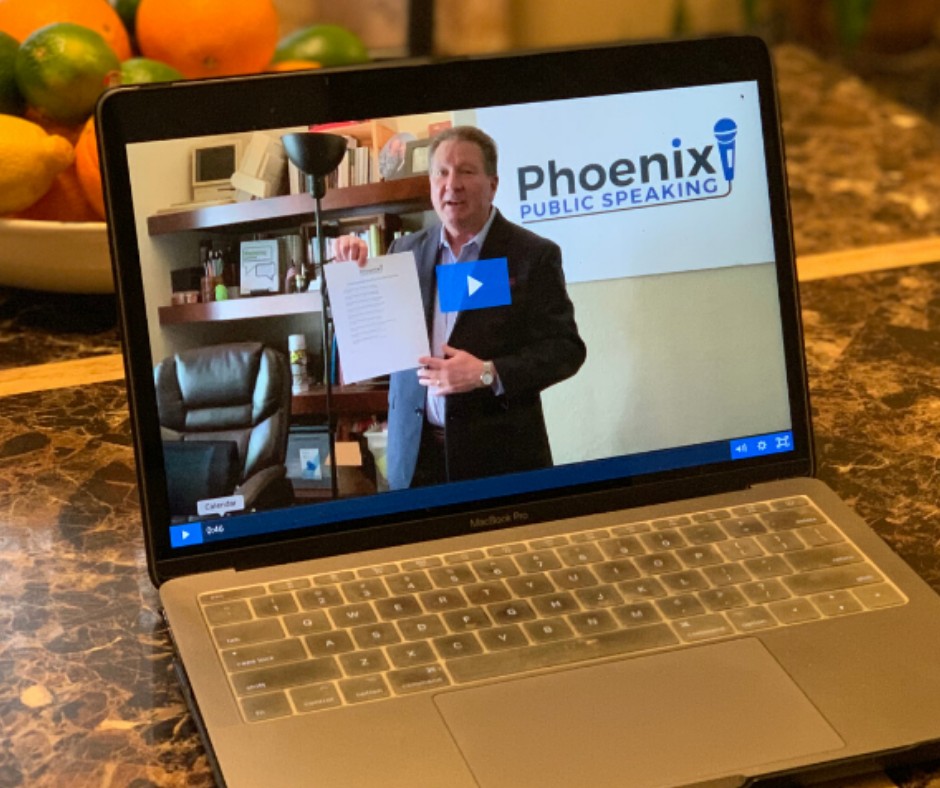In today’s workplace, hybrid meetings are the norm. A mix of in-person and virtual attendees can bring flexibility and inclusivity, but they also present a challenge for presenters: how to make sure those tuning in remotely feel just as included as those in the room.
It’s easy to focus on the faces right in front of you and unintentionally overlook the virtual participants. The result? Remote attendees disengage, multitask, or feel left out of the conversation. To prevent this, here are seven strategies to help you connect with your virtual audience and keep them actively engaged.
1. Greet Your Virtual Attendees First
When you open the meeting, acknowledge the people joining remotely. A simple welcome—“I see we’ve got folks online, glad you’re here!”—sets the tone that they matter.
2. Use Names and Direct Questions
Calling on virtual participants by name helps pull them into the conversation. Instead of asking, “Any thoughts?” try: “Alex, what’s your take on this?” This makes it clear you value their input.
3. Design for Two Audiences
Slides, handouts, and visuals should work both in the room and on screen. Use larger fonts, avoid clutter, and check that remote attendees can see everything clearly. If possible, send handouts to virutal participants in advance so they can print them.
4. Leverage Chat and Reactions
Encourage online participants to use the chat, polls, or reaction buttons. Assign someone in the room to monitor chat so virtual comments aren’t overlooked.
5. Check In Regularly
Pause periodically to ask if remote attendees have questions or insights. This prevents them from becoming silent observers.
6. Use Technology to Your Advantage
Tools like digital whiteboards, breakout rooms, and polling apps can level the playing field so everyone—onsite or remote—can collaborate meaningfully.
7. Close with Inclusion
Wrap up by summarizing contributions from both in-person and virtual participants. This reinforces that everyone played a role in the discussion.
At Phoenix Public Speaking, we teach AAA speaking: It’s Always About the Audience. Hybrid meetings succeed when all audience feel involved. By intentionally engaging your virtual audience, you strengthen collaboration, build trust, and ensure that all voices—no matter where they’re calling in from—are heard.












 A fireman standing atop a burned-out firetruck in the rubble from the Twin Towers offered a hand up to Bush so that he could get elevated enough for his audience of Ground Zero workers to see him. Bush began to speak again, but some still couldn’t hear him, and those who could hear him didn’t seem particularly moved by the prepared remarks he was trying to deliver.
A fireman standing atop a burned-out firetruck in the rubble from the Twin Towers offered a hand up to Bush so that he could get elevated enough for his audience of Ground Zero workers to see him. Bush began to speak again, but some still couldn’t hear him, and those who could hear him didn’t seem particularly moved by the prepared remarks he was trying to deliver.